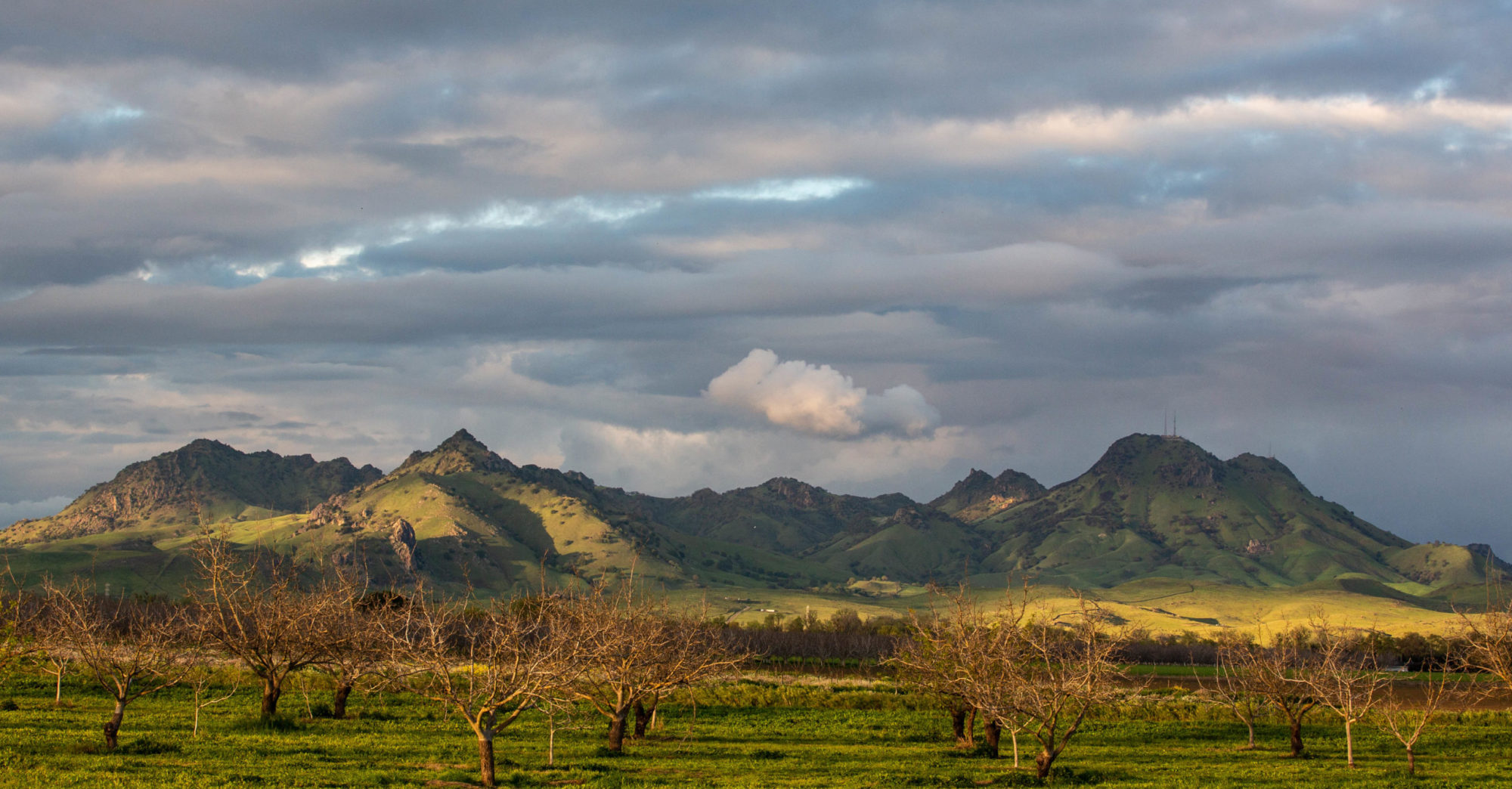When I turned 18, one of the birthday presents I got was a book-length poem called “The Donner Party.” I sold the book during a no-income period in my mid-20s, but as soon as I had some cash I went back to the used-book store that had taken it off my hands. It was still on the shelves, along with another book I’d sold, a picture biography of Yeats. I bought them back, though I was unable to find a third book I’d parted with–“Twenty Years A-Growing,” by Maurice O’Sullivan, which my Uncle Dick had given me. I found a copy of that eventually, but not mine. I still look for it.
Back to “The Donner Party,” which is right here beside me. It’s a retelling of a story of which everyone knows the shorthand version: pioneers, wagons, mountains, snow, death, cannibals. The book’s by a California poet named George Keithley, who taught (maybe still teaches) up at Chico State. The poetry is mostly blank-verse. It feels plain and authentic and sounds like it was transcribed by firelight.
Here’s one passage that has always stayed with me from a chapter called “Land Logic.” It takes place after the party’s disastrous crossing of Utah, with all of Nevada to cross before the ascent of the Sierra Nevada and hoped-for arrival in California’s Sacramento Valley
We wanted only to rest, at this juncture.
Seeing the snows, no one wished to look back
on our bad luck or talk of it anymore.Reflection only led us to deplore
the sudden end of summer and lament
the time we wasted in this trap. Whole daysspent unloading. Stupid disputes. Delays
caused by the cattle roaming or Hastings’ wrong
advice … We were warned that to survivewe must lay up grass and water for a dry drive
of two days. Which means at worst we might
travel a day and a night—where we insteadwandered a week in the desert and left dead
a third of our herd of cattle. Add a third
of the wagons abandoned, still it doesn’t explainall the destruction done. We could never regain
the time taken, or our goods or livestock left
on the salt. But this was not the only cost.There is a land logic which we lost …
A sense of the likelihood of new terrain
to sustain us. The same logic that livesin our blood, telling us that bottomland gives
promise for planting. Or for example
the simple certainty that we would findspring water among rocks when the sun reclined
on green slopes gleaming like good pasture.
But we hurried out only to discovera prickly patch of greasewood growing over
the dry soil, white with alkali…
Nothing in nature was what it might seem!The promise of finding forage by a stream
proved false as well—both banks were bare
although the current there cut swift and deep.We lost the last advantage which could keep
our company from harm. It was this sense
of the land that had departed in a dream
while we went on like souls that are still asleep.



